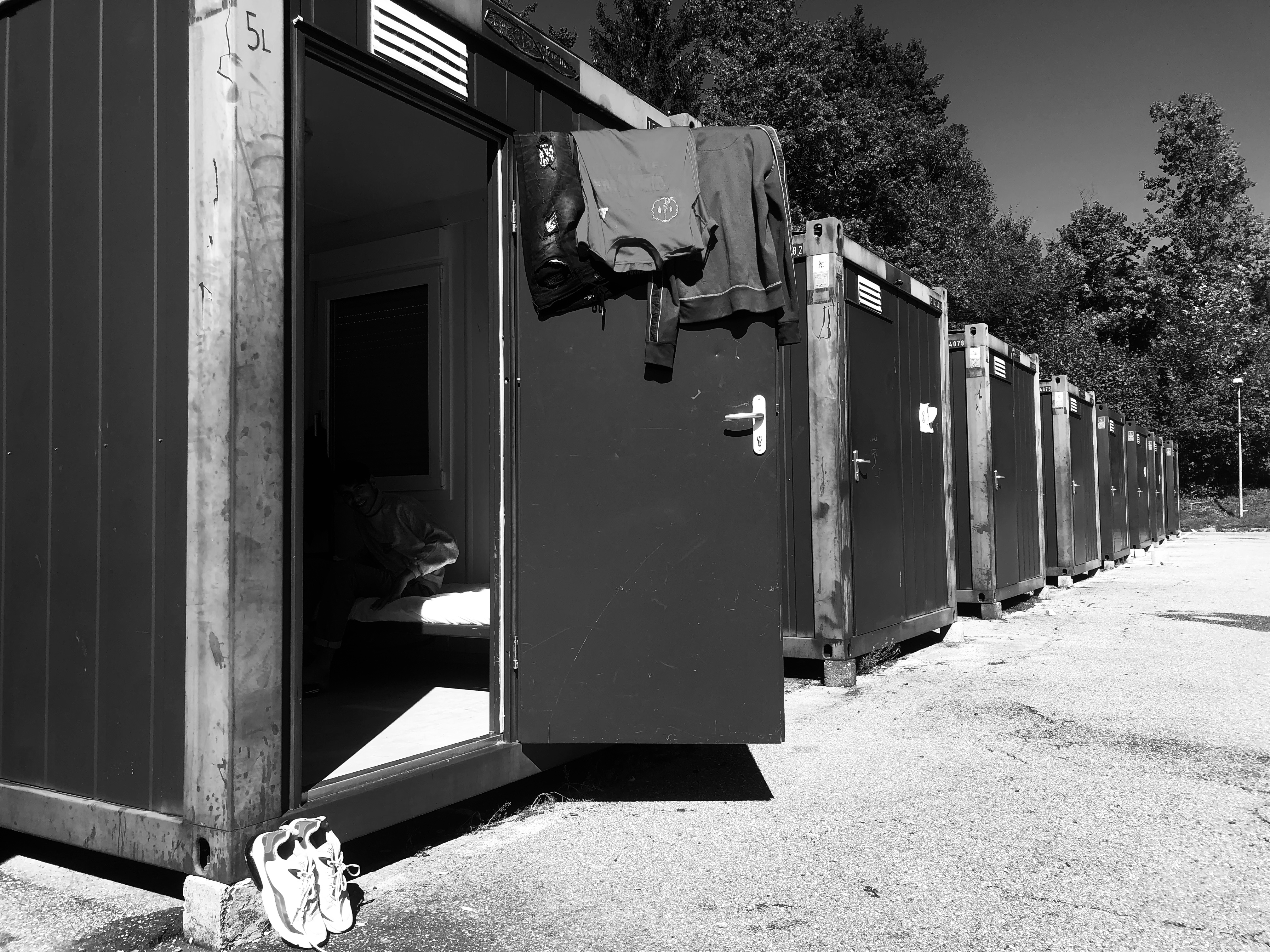
Guest Contributor
Igor Okunev, Professorial Research Fellow at MGIMO University’s Institute for International Studies
It is customary to distinguish between two major territoriality-defined foundations of statehood. These are common territorial identity and mental maps marking the community through awareness of external security threats. In other words, we are talking about an awareness of the “we”-community and the revision of the “they”-community. Nation building connects geographically separate cultural communities with emerging political institutions, which allows the population to act as a source of legitimacy for the future state.
Common territorial identity is the internal basis for statehood, while external security threats, or rather, the relevant security discourse, constitutes the external basis. External threats create the image of “them”, and it is by opposing “them” that the nation is built. In addition to political borders, a new political entity needs identity boundaries, which among others arise also through the awareness of a danger from the outside. In addition, security threats mobilize the population, thereby significantly accelerating internal legitimation. Thomas Eriksen contrasted the two mechanisms as “we-hood,” the common identity and the common mission, and “us-hood,” opposition to an external foe, real or imaginary.
Continue reading



